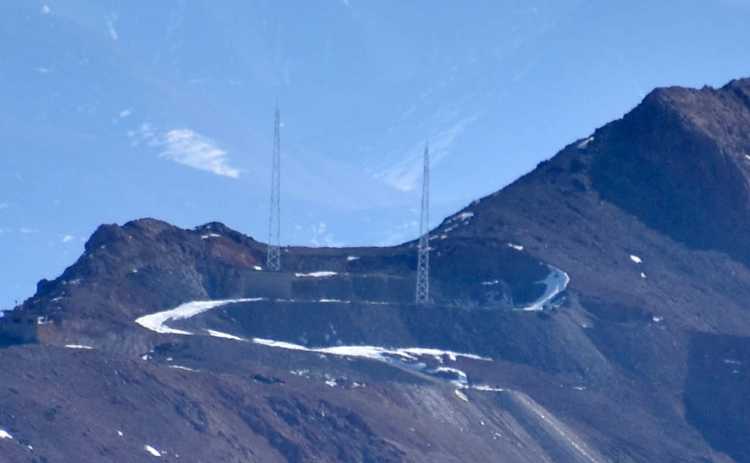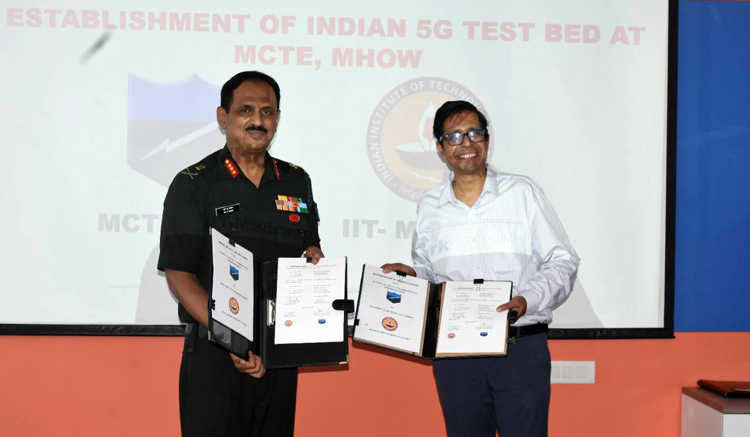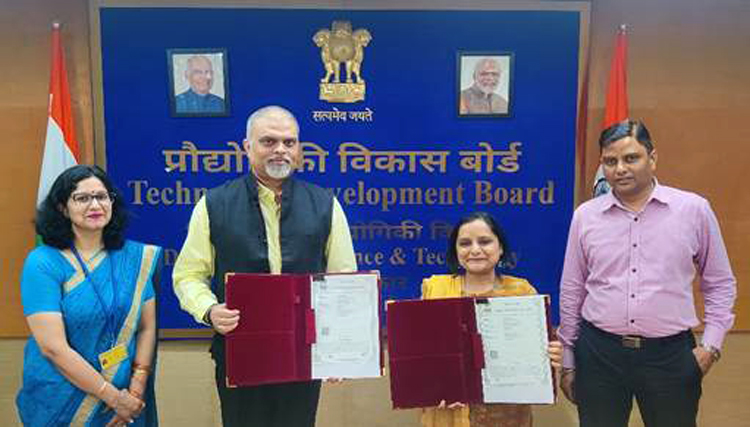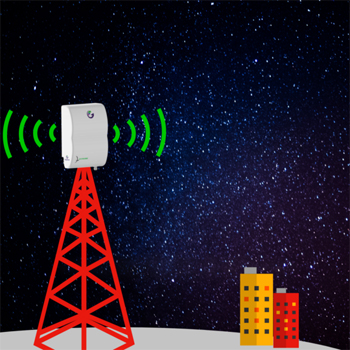INDIAN ARMED FORCES CHIEFS ON OUR RELENTLESS AND FOCUSED PUBLISHING EFFORTS

The insightful articles, inspiring narrations and analytical perspectives presented by the Editorial Team, establish an alluring connect with the reader. My compliments and best wishes to SP Guide Publications.

"Over the past 60 years, the growth of SP Guide Publications has mirrored the rising stature of Indian Navy. Its well-researched and informative magazines on Defence and Aerospace sector have served to shape an educated opinion of our military personnel, policy makers and the public alike. I wish SP's Publication team continued success, fair winds and following seas in all future endeavour!"

Since, its inception in 1964, SP Guide Publications has consistently demonstrated commitment to high-quality journalism in the aerospace and defence sectors, earning a well-deserved reputation as Asia's largest media house in this domain. I wish SP Guide Publications continued success in its pursuit of excellence.
- MoD initiates comprehensive review of Defence Acquisition Procedure 2020, pushes for defence reforms
- G7: The Swansong
- Kalinga Connect: South Asia to Polynesia
- Must Credit DRDO for Operation Sindoor, now what is next for defence R&D?
- The layered Air Defence systems that worked superbly, the key element of Operation Sindoor
- Operation Sindoor | Day 2 DGMOs Briefing
- Operation Sindoor: Resolute yet Restrained
Meeting China's LAC 5G Challenge
The need for provisioning of telecom connectivity with high-speed internet capability to the Armed Forces must be given high priority including forward deployments along the LAC because of China’s aggressive moves and the era of drones and missiles giving little reaction time
 |
The Author is Former Director General of Information Systems and A Special Forces Veteran, Indian Army |

It was reported in these columns earlier that China having rolled out a 5G network on their side of the LAC in Ladakh, has created a problem in radio communications of the Indian Armed Forces deployed in the border areas. According to sources, a strange booming voice is heard in the radio communication network of our military because of the 5G waves coming from across the LAC, making it difficult to communicate. It was also highlighted that China has accorded priority to the Ladakh sector while establishing 5G network along the entire LAC with India. Ironically, our border villages in Ladakh do not even have 4G network, as would be the case in Arunachal Pradesh and in the Central Sector bordering China as well.
At the national level, a 5G test bed has been established to speed up launch of domestic 5G technology through collaboration with technology institutes. There is speculation that 5G technologies may be introduced in India by end 2022. But the question remains by when would 5G reach our troops in forward and remote areas, overcoming the problem of last mile connectivity? Hopefully, the problems faced by our forward posts in terms of adequate band width, speed and reliability are also being looked into simultaneously.
When would 5G reach our troops in forward and remote areas, overcoming the problem of last mile connectivity? Hopefully, the problems faced by our forward posts in terms of adequate band width, speed and reliability are also being looked into simultaneously.
The Army’s Military College of Telecommunication Engineering (MCTE) has signed a memorandum of understanding (MoU) with Indian Institute of Technology, Madras (IIT-M) only on June 20, 2022, for establishing a 5G test bed, since 5G can support accelerated battlefield functions, seamlessly connect multiple domains, provide commanders multiple options for response, kinetic as well as non kinetic, enhancing the potency of war fighting in a data dense environment.

There has been no announcement by the Ministry of Defence (MoD) and the Defence Research and Development Organisation (DRDO) on tackling the communications problem faced by our forward troops because of China’s 5G deployment in Ladakh, which may be the case elsewhere too, if not already. Both the MoD and DRDO are also mum on when 5G will be fielded in the military.
Airtel was the first company to have launched 4G services using TD-LTE technology in Kolkata in 2012. This was followed by the launch of 4G in Bengaluru, Pune, Chandigarh, Mohali and Panchkula. Later, 4G services in India were launched by Aircel, Vodafone and RJIO. Why then the 4G services did not reach our border villages all these years? Why were we waiting for China to deliver us a kick?
Army’s Military College of Telecommunication Engineering (MCTE) has signed a memorandum of understanding (MoU) with Indian Institute of Technology, Madras (IIT-M) for establishing a 5G test bed
Recent news reports indicate that the Technology Development Board (TDB), a statutory body under the Ministry of Science and Technology (S&T) is supporting a Bengaluru-based startup Astrome Technologies Private Limited for producing and commercialising of ‘GigaMesh’ Solution for delivery of 4G/5G telecom and internet services for defence services and the rural sectors. The report goes on to say that to solve Internet woes of Rural India, the TDB has agreed to provide financial assistance of 2.97 crores, out of the total project cost of 19.79 crores to Astrome Technologies. As per reports, the TDB board has been instrumental in development of a conducive startup ecosystem by promoting innovation and entrepreneurship in India.

The need is for a fibre-like capacity at every telecom site but deploying the same at each site is not feasible, due to cost and access related constraints. Hence, the GigaMesh solution - since the number of cell sites will increase and each cell site will require multi-Gbps throughputs once 5G is rolled out. Since telecom deployment in suburban and rural areas will require wireless products that can deliver both capacity and range, Astrome has come up with GigaMesh; first E-band radio that features Multiple-Point-to-Point (Multi-P2P) communication offering lower Capital Expenditure (CapEx) cost and Operational Expenditure (OpEx) cost.

The GigaMesh device can also provide up to 40 links with 2+ Gbps capacity each, communicating up to a range of 10 km, making it suitable for decongesting the dense urban networks plus extending rural coverage. In addition, the device is capable of making the existing infrastructure 5G ready. This, high-speed, multiple point-to-point (Multi-P2P) communication, yields up to six times reduction in CapEx per link as compared to the state-of-the-art point-to-point (P2P) wireless solutions. According to Rajesh Kumar Pathak, Secretary, TDB, “As 5G deployment is just about to start in India, after 5G spectrum auction, coupled with the fact that TSPs/MNOs are facing fund crunch to meet its CapEx & OpEx requirement. Hence, the low-cost network solution is ‘need of the hour”.
CISCO, a development partner for this programme with Astrome has stated, “Astrome is the only company that has a product which features Multiple-Point-to-Point communication in E-Band, resulting in a much lower CapEx than the competition. Moreover, Astrome’s technology is driven by software to make it easy to deploy, maintain and repair remotely. GigaMesh also has proprietary algorithms to support load balancing between links in a Mesh topology which is required for successful deployment of dense 5G.”
The most important issue is that of communication security, which is vital for troops in operational areas. When we put up 5G towers to cover the forward areas, will the Chinese be able to listen to the radio conversation of our forward troops?
While the Ministry of S&T may like to focus more on the suburban areas and the rural sector given the vote-bank politics prevailing in the country, the need for provisioning of telecom connectivity with high-speed internet capability to the Armed Forces must be given high priority including forward deployments along the LAC. This is all the more important because of China’s aggressive moves and the era of drones and missiles giving little reaction time.
Finally, the most important issue is that of communication security, which is not important to the rural sector but vital for troops in operational areas. GigaMesh notwithstanding, when we put up 5G towers to cover the forward areas, will the Chinese be able to listen to the radio conversation of our forward troops, or are we overlooking this in the fever of 4G and 5G which are money spinners for the companies rolling them out and the government by way of auctions?
As important is the hardening and reliability of the existing communication systems – what are we doing about it? During the Galwan clash, headquarters above the brigade level had little idea of the ground situation because of poor or no communications. Had it not been so, we could have captured the Galwan high ground that night throwing the Chinese out. We must acknowledge that despite the big talk of technology (UAVs, PGMs included), the battle at such heights will be fought by the foot soldiers.





